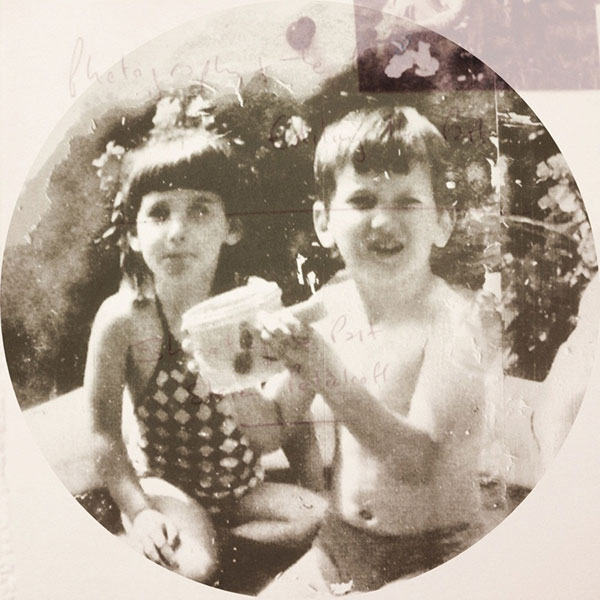Helen Stead discusses how turning family snapshots into Art has led her to reevaluate how digital photography is changing our approach to capturing photographs.
My work explores my own personal family history and I use old family photo albums as a starting point to begin each piece. I generally create work for myself, to help identity with hidden or repressed qualities of my character to help better understand my reality.
I want to reflect on my childhood and the transience of youth that seems to flitter past your eyes as you work your way through an old family album. The photographs are tangible memories and it’s often hard to even recognize yourself within the photograph. The memories we each have are fragmented, selective and faded – almost like trying to remember the parts of a dream.

The processes I use in my work tries to convey these ideas by taking a snapshot and manipulating it over and over through the use of emulsion transfers, photocopying, scanning and digitally experimenting until what is left is no longer a photograph but a visual trace of a memory.
I want my work to evoke the passage of time, through blurred movement and textured surfaces which leave traces of residue of things lost of forgotten. The aim of my work is to provide myself with a form of self-expression while returning the viewer to a specific moment in time, not necessarily a colossal or historical time, just a unassuming, private moment in one man’s family past. Although these are personal images for me, I believe there is a universal recognition among viewers of a sense of history and identity – evoking memories of their own families past.

Each one of us only have the photographs that we have inherited from our family and they are extremely precious because they offer us an image of ourselves as we grow up while providing a framework for memories.
They become even more important when a family member has passed away and the photographs of them become one of few points of recall. As my own father died over 7 years ago I have had a complicated mourning experience and working with these old photographs gives me the opportunity to reflect on memories I have of him and come to point of acceptance.
One of my main concerns however is how digital imaging and new technology is changing the way we take and store personal photographs. Once these images were stored away or put on display in the house only to be shared with loved ones.
Now these photographs are shared online, for sometimes complete strangers to view. The pressure of sharing these images with a whole network of ‘friends’ subconsciously changes the way we take photographs and the delete button becomes used more and more. We only choose to share the photographs that portray us in the best light and the aberrations and quirkiness we find in old albums are lost.

I’m really interested in how we store and preserve family photo albums and how the control of the images belongs to the archivist. Why we only photograph the high moments and never the bad.
Is the family photo album and ideological construct put together by the archivist, which is usually the mother whose photographic choices are are shaped by an unconscious desire to provide evidence of her own good mothering? Are these photographs simply reconstructed adverts that are being sold back to us every time we press the shutter button?
Follow Helen on her blog : www.thecreativediarist.com
Twitter : http://twitter.com/#!/CreativeDiarist
Flickr : http://www.flickr.com/photos/57828768@N08/
changed rather than changing!